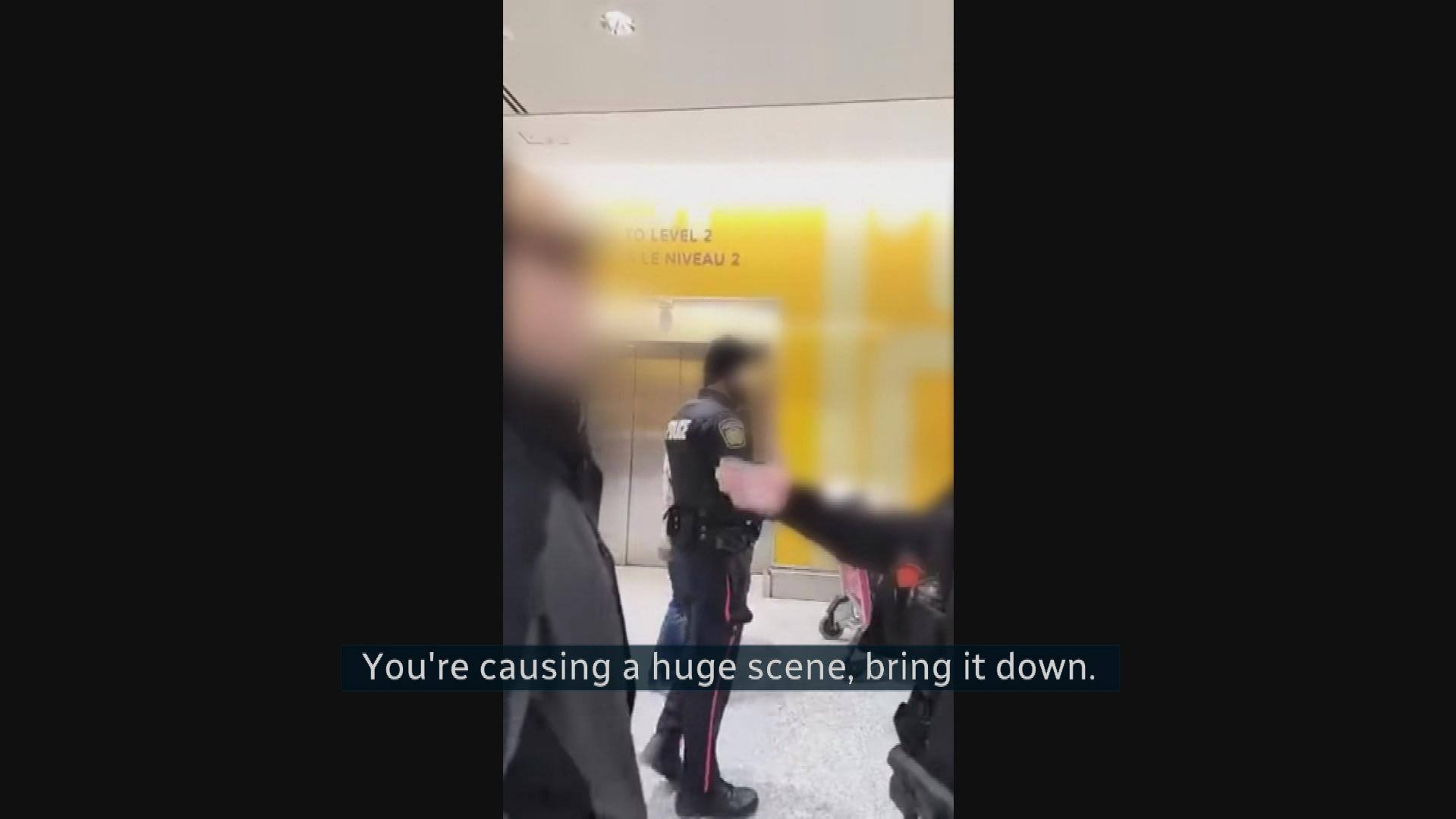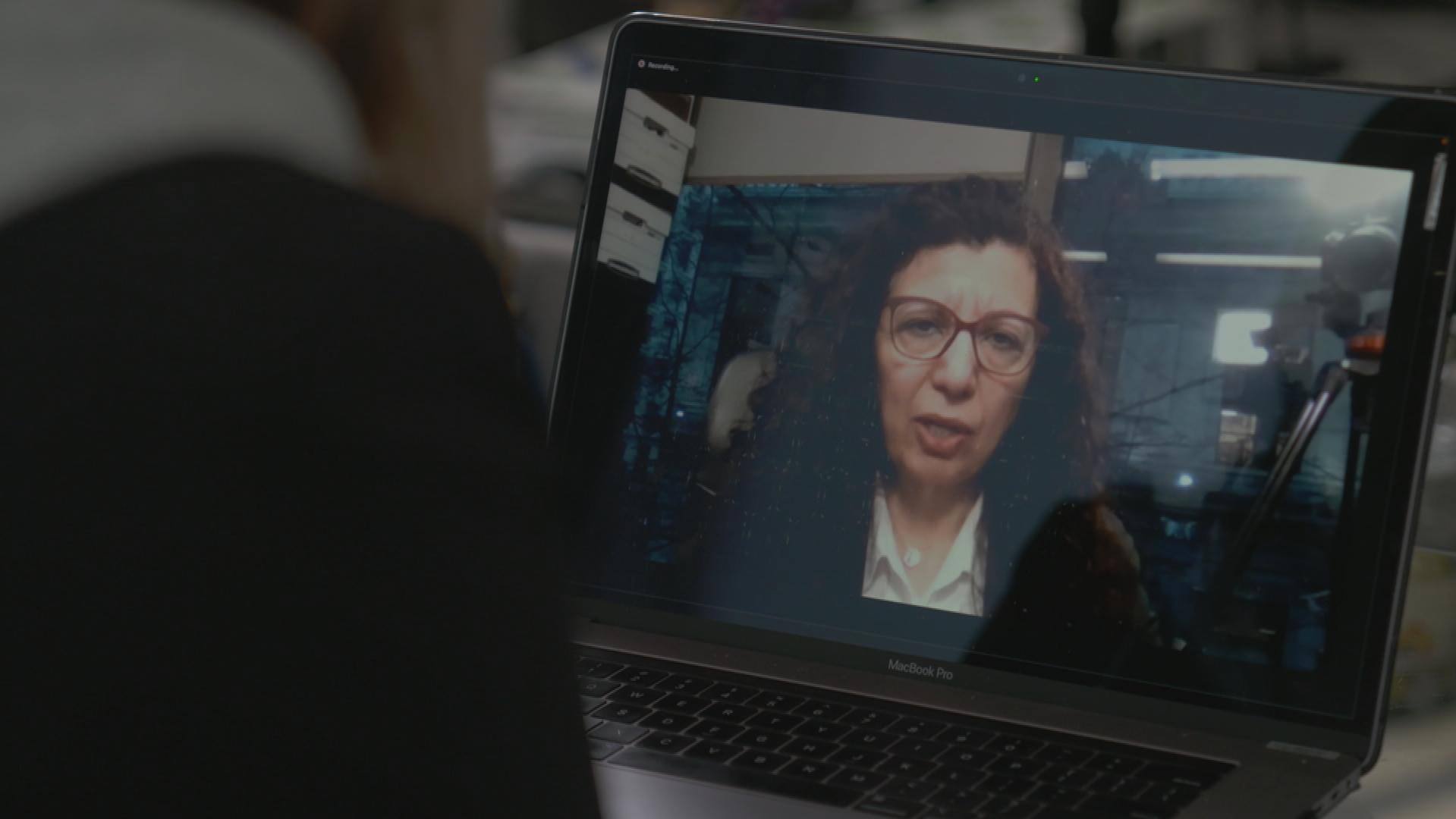Local authorities around the country are frustrated with drivers flouting rules on beaches, endangering people and wildlife.
Technically beaches are classed as roads. Many are off limits to vehicles except with permits or for special reasons, but many Kiwis are fed-up with sharing the shore with hoons and eco-vandals.
Kāpiti Coast resident Sarah Freeman-Judd has a property at Peka Peka and said vehicles on the beach were “out of control”.
“We’ve had this property since 1988 and it has just got worse and worse.”
READ MORE:
* Auckland’s Muriwai Beach reopened to cars, drivers reminded to be ‘respectful’
* ‘Entitled, arrogant, boofheads’: Trouble on the Foxton Beach dunes
* Cars and banned motorbikes regularly using Kāpiti beach to beat congestion
Vehicles were permitted to use a nearby stretch of the beach, and Freeman-Judd said their driving behaviour was often atrocious.
“It’s the cars coming down and racing at night … and it’s the vehicles on the beach doing burnouts and donuts.”
Motorbikes were prohibited on the beach or in the dunes, but that did not stop them, she said.
“I’ve had quite a bit of verbal abuse. One guy was going to punch me, so it has got quite nasty.”
Roger Smith/Supplied
Waikanae resident Roger Smith is concerned about the impact of vehicles on Peka Peka Beach on rare birds such as this black-fronted dotterel family.
Waikanae resident Roger Smith often visited the area to photograph wildlife and was shocked by the impact of vehicles on the ecosystem of rare birds such as the black-fronted dotterel.
“Unfortunately their nests are disrupted by people with dogs, with horses, but also with quad bikes, motorbikes and other vehicles.”
Smith had seen destroyed dotterel nests and near misses. “This year I found people driving their quads in the sand dunes where the baby birds were.”
Department of Conservation community ranger Steve Bielby said risks and damage caused by vehicles on beaches was a longstanding concern.
“It’s heartbreaking for the Kāpiti community to see vehicles driving through nesting areas or putting people at risk on beaches, and we are keen to support them.”
Driving on the beach in Te Horo has been prohibited since 2009, but it was still allowed on a section between the north end of Waikanae Beach and the south end of Te Horo Beach.
Andy McKayof the Kāpiti Coast District Council said they regularly received complaints about cars on Te Horo Beach.
“We hear that people feel unsafe because of hooning cars and motorbikes and are concerned about the damage caused to fragile eco-systems.”
The council was not empowered to stop moving vehicles which should be reported to police.
Abigail Dougherty/Stuff
There are increasing concerns about the behaviour of people who drive vehicles on Muriwai Beach in northwest Auckland. (First published December 2020)
Greater Wellington Regional Council sets policy for vehicles on beaches in the region’s Coastal Marine Area.
Driving on beaches under its jurisdiction was a permitted activity outside of sites of significance, such as important areas for mana whenua and those with significant indigenous biodiversity values.
In 2022, the regional council received four complaints about vehicles on beaches: two at Tītahi Bay, one for Pukerua Bay, and one for Paremata.
supplied
Wellington city councillor Ben McNulty says it is inappropriate that public vehicles are allowed on beaches where families are enjoying the seaside. This photo was taken near the swimming flags at Waitarere Beach in Horowhenua this year.
Wellington city councillor Ben McNulty was visiting Waitārere Beach in Horowhenua District recently and was worried about vehicles driving near the swimming flags where families were playing.
He made a comment on Twitter: “At the risk of offending the entire Horowhenua District, Waitārere Beach is a gem, but the car culture on the beach is pure garbage.
“The last thing I should be worried about when building sandcastles with my son on a beach is him running into oncoming traffic.”
Horowhenua District Council chief executive Monique Davidson said they worked closely with police and Waitārere Beach wardens to monitor and patrol the area as a deterrent for anti-social behaviour.
“Most people taking vehicles on the beach are compliant … a but we are aware of a small minority who ignore our safety messages.”
Davidson said the beach speed limit was 30kph but they “strongly encourage people to drive slower than this, particularly when travelling past others, to keep the area enjoyable and safe for all users”.
With its extensive shoreline and many beaches Auckland City Council has strict policies around vehicle access, but is still finding drivers breaking the rules.
Driving vehicles on beaches is prohibited under its bylaws except: when launching or recovering a vessel, in an emergency, or with a council permit.
Registered vehicles with permits are allowed to drive on Te Oneone Rangatira / Muriwai Beach and Karioitahi Beach.
Graham Lowther/Stuff
Graham Lowther took this photo of an off-road buggy tearing up the dunes at Muriwai Beach north of Auckland last year.
Muriwai was closed to vehicle traffic from December 30 to January 16, but there were several illegal incidents during that period.
Council regional parks specialist Stephen Bell said despite what has been a clearly advertised closure period, some vehicles ignored signs and barriers to access the beach.
“We are following up with the registered owners of a number of vehicles that have taken off-road buggies and motorcycles though barriers and onto the beach.”
Karioitahi Beach was treated as a road and vehicle use from a compliance perspective was managed by the police, he said.
This summer, police have had regular checkpoints on the road leading to Karioitahi to remind motorists of the rules and to turn away unregistered vehicles such as dirt bikes which contribute to most of the issues raised by other beach users.
SUPPLIED
Waimakariri’s sand dunes are often invaded by 4X4 vehicles.
Beaches and dune ecosystems in the South Island were also subject to similar pressures.
Waimakariri District Council in North Canterbury said most people driving vehicles on beaches were well-behaved but dunes areas were sometimes abused.
Community projects officer Mike Kwant said it was frustrating that there continued to be incidents where people drove in the sand dunes causing significant environmental damage and put nesting birds at risk.
They were also limited in how they could enforce the bylaw and were considering a new legal framework to introduce fines.
Source link
#Beach #goers #forced #share #hoons #ecovandals

























